The Ultimate Guide to Caring for a Black Pomeranian

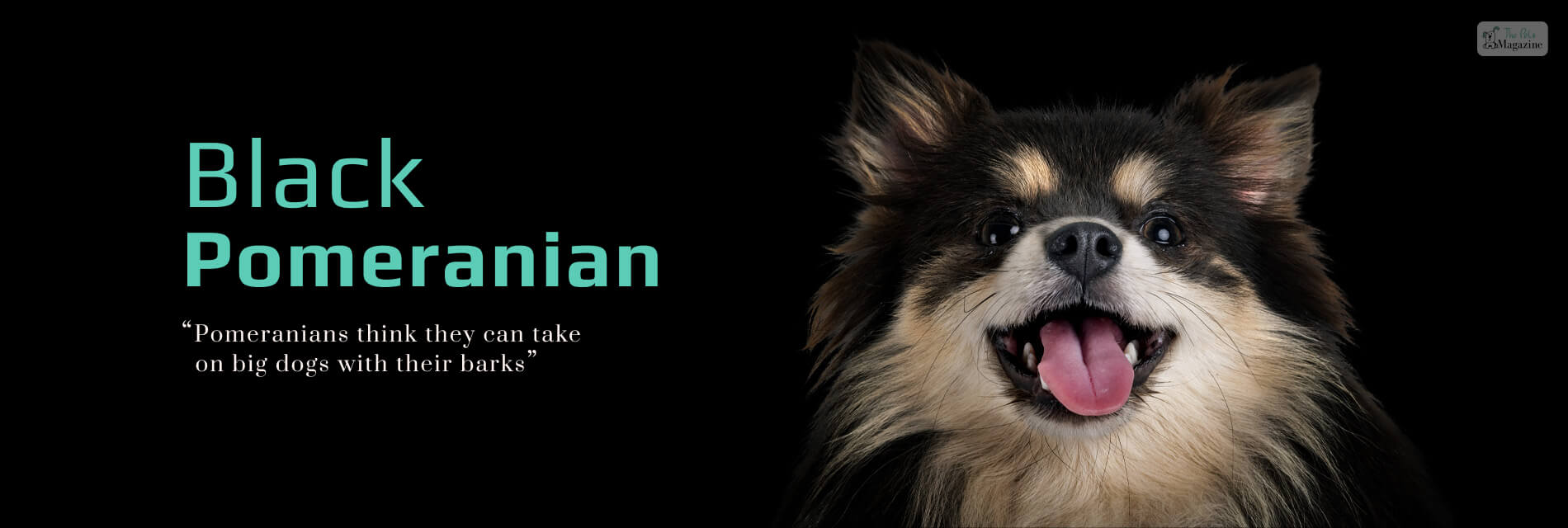
We all know that black pomeranian dogs are Spitz dogs, but often they are considered to be a completely different breed of a Pomeranian. But they are indeed Pomeranian, just that they come in many different colors.
Pomeranians are a very loving and a very sweet-natured dog breed that is considered great lap dogs due to their size. These dogs make great companions for their owners, and them being intelligent, are easily trained as well.
Overview

Before we dive deeper into the black pomeranian dog breed, here is a brief overview of the dog.
| Other Names | Deutscher Spitz, Zwergspitz, Dwarf Spita |
| Nick Names | Pom Pom, Pom Dog, Zwers, PomTumbleweed |
| Origin | Pomerania |
| Height | 7 to 12 inches (18 to 30 cm) |
| Weight | 3 to 7 lbs (1.4 to 3.2 kg) |
| Pomeranian Life Span | 12 to 16 years |
History Of The Breed
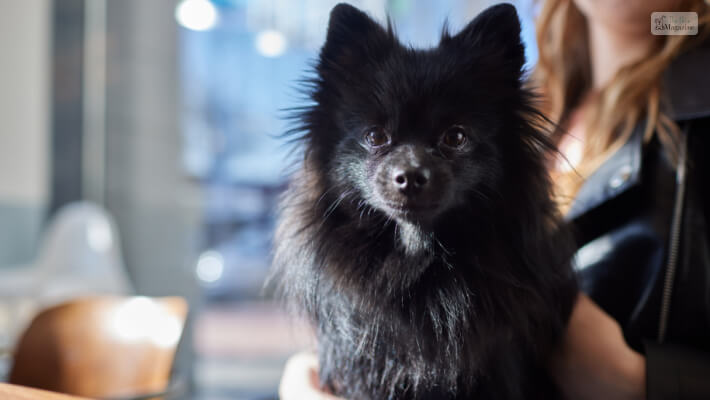
Pomeranians are known to be very lively dogs, whether they are black Pomeranians or any other color. These furry babies are going to keep you on your toes.
Referred to as Toy breeds, for their small size, like the pocket bully, these dogs are great for families, couples, singles or even the elderly. These black Pomeranians are very quick and intelligent despite their size. They are easily trained and are very obedient to their owners.
The American Kennel Club has recognized the black Pomeranian as a dog breed. And so did other organizations such as the Canadian Kennel Club, The North American Purebred Registry, and the Australian National Kennel Club.
Breed Origin
The breed name was given Pomeranian, after a place in Northeastern Europe, which is now in Poland & Western Germany. The Black Pomeranian is a Spitz breed in its ancestry.
Queen Victoria was a huge admirer of this Pomeranian breed. It is thought that because of her, this Toy breed became so famous. She bred these Toy breeds in these smaller sizes and in a variety of colors at the same time.
Characteristics Of The Black Pomeranian
The black pomeranian is popularly known as a toy dog because of its size and friendly nature. Even though they are tiny in size, they were even smaller and tiny when they were born. As they grow up, a full-grown black pomeranian only adds on a couple of pounds and grows just double in size.
The black pomeranian is among the rarest Pomeranian dog breed, which is why they are quite expensive, and you need to pay $800 to about $2000, which is how much is a Pomeranian dog black costs.
Appearance
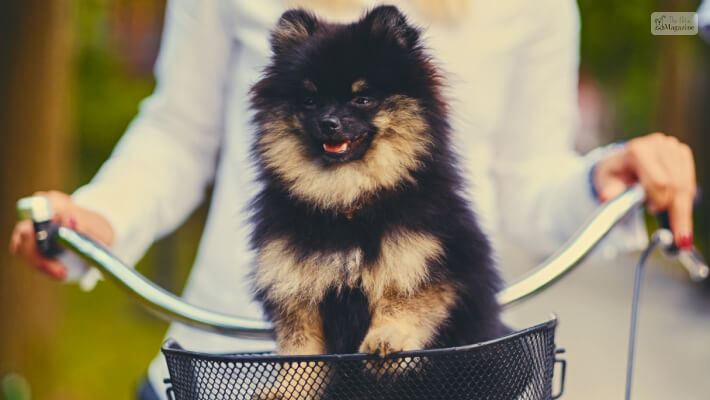
The Pomeranian in black color has the appearance of a fox with small erect ears and darker eyes. Their tail has a sturdier feel to them and is higher as well. The fur around their neck is quite ruff, and that looks a bit like a lion’s mane.
Adult black pomeranian weighs somewhere around 3 to 7 pounds, and they are about 6 to 7 inches taller with thicker black fur, which makes them look bigger in size.
Coat
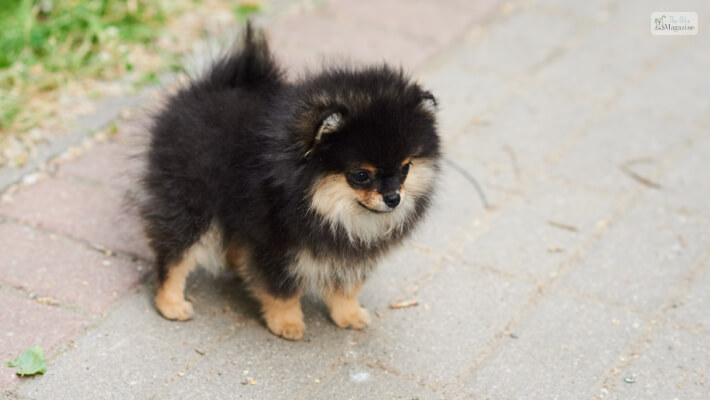
The black pomeranian has a thicker coat with straight fur along with a softer undercoat. Since they do not shed as much, regular vacuuming is not required as well.
Although they are not hypoallergenic in nature, if you have allergies, then these black Pomeranians are not great for you.
Color
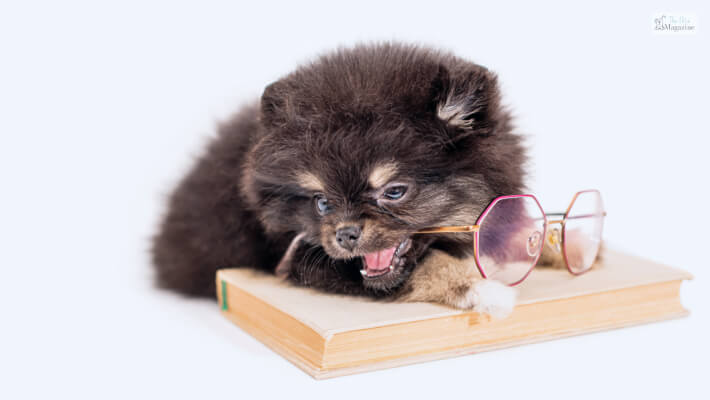
If you are a fan of pomeranian, then you know that there are about 12 different types of Pomeranian colors. Among the most common colors, they are orange and red, and a white pomeranian is among the common color of pomeranian as well.
But if you have a black pomeranian, then check if they have any markings or not and have a solid black color or not. If their coat color is solid, then that black pomeranian is a purebred. These black Pomeranians are as rare as the rare white husky with blue eyes.
Temperament

The Pomeranians are classic mimic when it comes to their temperament. Whatever your temperament is, your pomeranian will have the same temperament. If you are easy and outgoing with a hill personality, then your pomeranian will be the same as well.
But if you require a guard dog or an aggressive watchdog, then you can raise your black pomeranian like that as well. You can either socialize them or not if you want them to be aggressive.
Health Issues & Exercise
The black pomeranian has all the same health problems as any other pomeranian you can see. A few of these health issues are.
- Tracheal Collapse- It is a progressive disease that occurs on the dog’s trachea and happens on smaller dogs quite often. It causes respiratory problems, eating difficulty and coughing.
- Entropian- It is a health issue that occurs on the eyelids and on the eyeballs. It irritates and injures the eye and only be corrected by surgery.
- Patellar Luxation- This is quite common among smaller dog breeds when the patella is not aligned properly. It causes leg lameness and gait abnormalities like a hop and skip.
- Distichiasis- This is a condition when there is an extra eyelash row grown oil glands on the dog’s eye. It also protrudes the edges of the eyelids. These can be removed after surgery.
Things to know before getting a pomeranian
It is best to know what your pup will need before bringing them home. It is important that you are aware of their diet, their grooming needs, what kind of exercises do they need, to make a sound decision.
Food & Diet
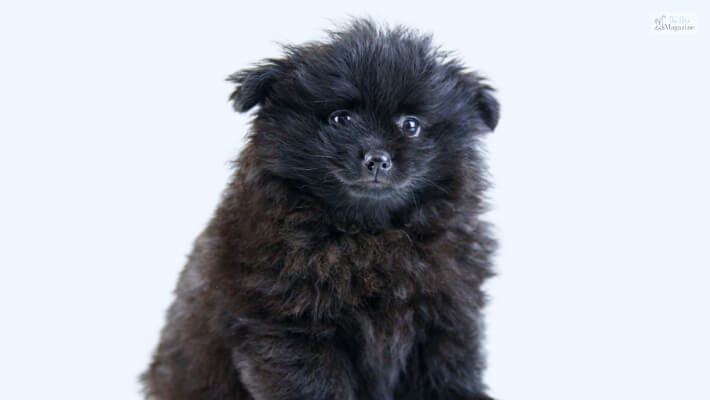
Since these black pomeranian dogs is quite smaller in size that they don’t require much food for their daily life. They require about 200 to about 300 calories per day, depending on their weight. Their food should be split thrice per day.
You should always feed them high-quality food that contains all the nutritional food requirements. The formula for the food that you need to feed them should be first consulted with your vet in order to give them proper nutrition.
Grooming & Socialization
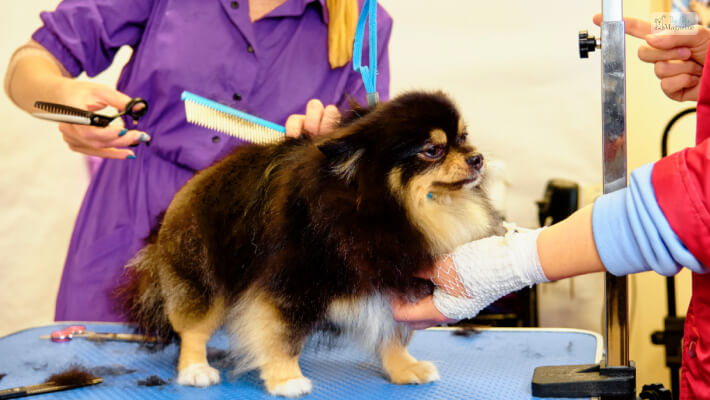
Like I have already said, black pomeranian has thick black fur coat that does require a bit of grooming to keep them shiny and clean. They don’t shed as much, so you won’t have to worry about dog fur everywhere in your house.
Occasional trimming of their fur and nails is required, and these are the only few things that you need to do to groom your black pomeranian.
Black pomeranian dogs are known to be very social and friendly dogs, they can be quite oblivious to strangers but not aggressive. But if you want your black pomeranian to be aggressive, then you can train them like a watch or a guard dog as well.
Outside playtime
Depending on the size of your black pom, you have to decide whether you will take them out or not. Small pomeraninans might seem like squirrels or rabbits to other animals like foxes, eagles, coyotes, hawks. It is advisable not to leave them unattended outside, or get them off their leash when taken outside. Even with a good leash, you have to always keep an eye on them.
They have another characteristic, and that is they vanish easily. Black Pomeranian are agile and can fit through gaps you will not even think of. They can climp up things and keep themselves hidden, so it is better to not let them out alone.
Also, take note of the weather before you take your pet out. They have a dark coat, and easily gets overheated under the sun. and during the winters as well, you have to think befor taking them out, even though they have a double-coat.
Mental stimulation
Along with physical exercise, black pomeranians needs mental stimulation as well. They are a highly intelligent breed. They pick things up very quickly, like tricks and games. And not just that they are keen towards these kind of amusements. It is best to train them everyday, and play with them often.
Get them some fun toys to keep them entertained. Giving them stuffed animals and chew toys are okay, but it would be best to add something that would satisfy their mental need as well, like mental puzzles. They will look for ways to keep them entertained otherwise.
Exercise
Black pomeranians are quite active, but they donot require regular exercise. They are small in size and justtakeing them for a walk for just thirty minutes, and just play with them when you have time with them, and that should be enough.
Training
As I have mentioned earlier, they catch on quick , and are active as well. They will catch up to obedience, socialization and behavorial skills in no time. They make good companions as well as service dogs.
The only thing that you might find challenging is to teach them not to jumo on couches, chairs etc. They might end up hurting themselves, because of their small size.
What Training Methods Are Best for a Black Pomeranian?
If you are a first time pet parent, you may find training a black pomeranian to be slightly challenging. So to help you here are some of the best methods to help you get started:
- Treats and Praise: Reward your Pomeranian with treats, praise, or playtime whenever they follow a command or exhibit good behavior. This encourages them to repeat those actions.
- Maintain Consistency: Use the same commands and rewards consistently to help your Pom understand what is expected of them.
- Short Training Sessions: Pomeranians have short attention spans, so keep training sessions to about 5-10 minutes. This helps keep them engaged and prevents frustration.
- Start Simple: Begin with basic commands like “sit,” “stay,” “come,” and “down.” These are foundational and will make further training easier.
- Use Clear Commands: Be clear and consistent with your commands. Use a firm but friendly tone.
- Space: Use a crate to provide a safe space for your Pomeranian. This can help with house training and reduce anxiety when you’re not home.
- Positive Association: Make the crate a positive place by placing treats and toys inside.
- Meet New People and Pets: Expose your Pomeranian to different people, pets, and environments. This helps them become well-adjusted and reduces fear or aggression.
- Controlled Introductions: Ensure introductions are controlled and positive to prevent overwhelming your Pom.
- Loose Leash Walking: Teach your Pomeranian to walk on a loose leash. Start in a quiet area with minimal distractions and gradually increase the difficulty.
- Reward Calm Behavior: Reward your Pom for walking calmly beside you without pulling.
- Addressing Behavioral Issues: Pomeranians can be vocal. Teach the “quiet” command and reward them when they stop barking on command. If your black pomeranian pup is prone to nipping and chewing, then redirect to appropriate toys and provide plenty of mental stimulation.
- Be Patient: Training takes time, so be patient and consistent. Celebrate small victories and progress.
- Avoid Punishment: Avoid harsh discipline or punishment, as it can lead to fear and distrust.
By using these methods, you’ll help your Pomeranian become a well-behaved and happy companion.
Wrapping Up!
Now that you know that the black pomeranian is a toy-sized dog breed and are quite friendly with its owners. These toy dogs are perfect lap dogs who are very cuddly and snuggly in nature, like a furry baby.
So if you want a rare black pomeranian for yourself, then be ready to spend a few bucks. If you like this article, then leave a comment down below to let me know about your black pomeranian.
Read Also:

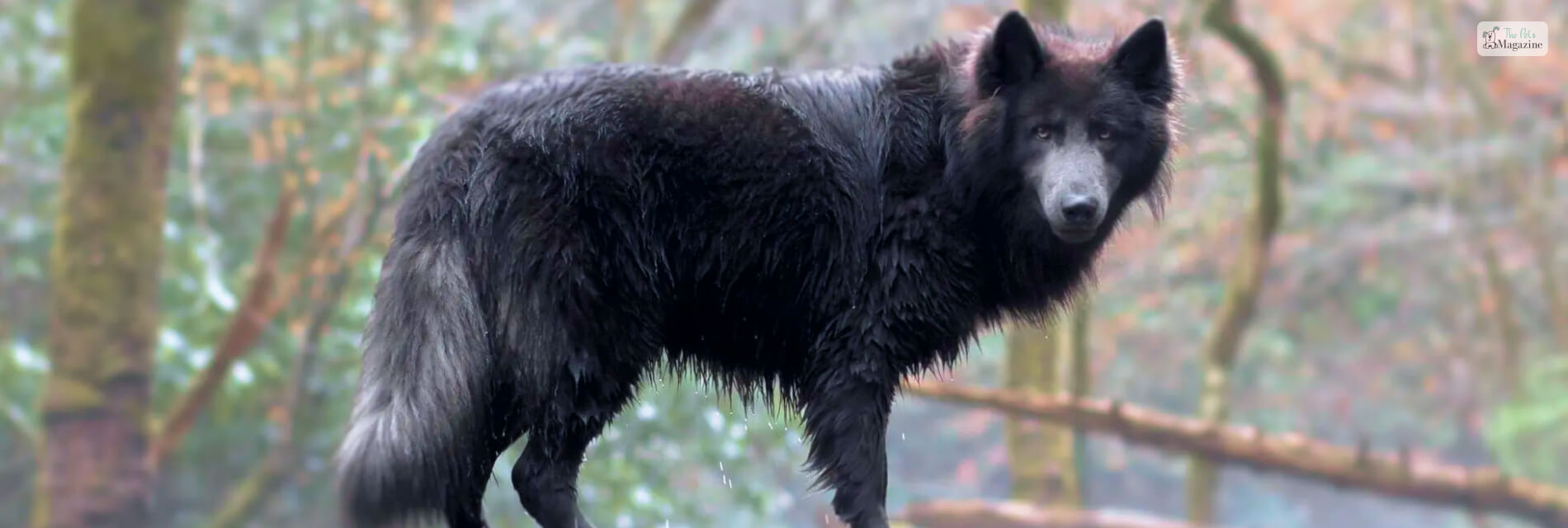
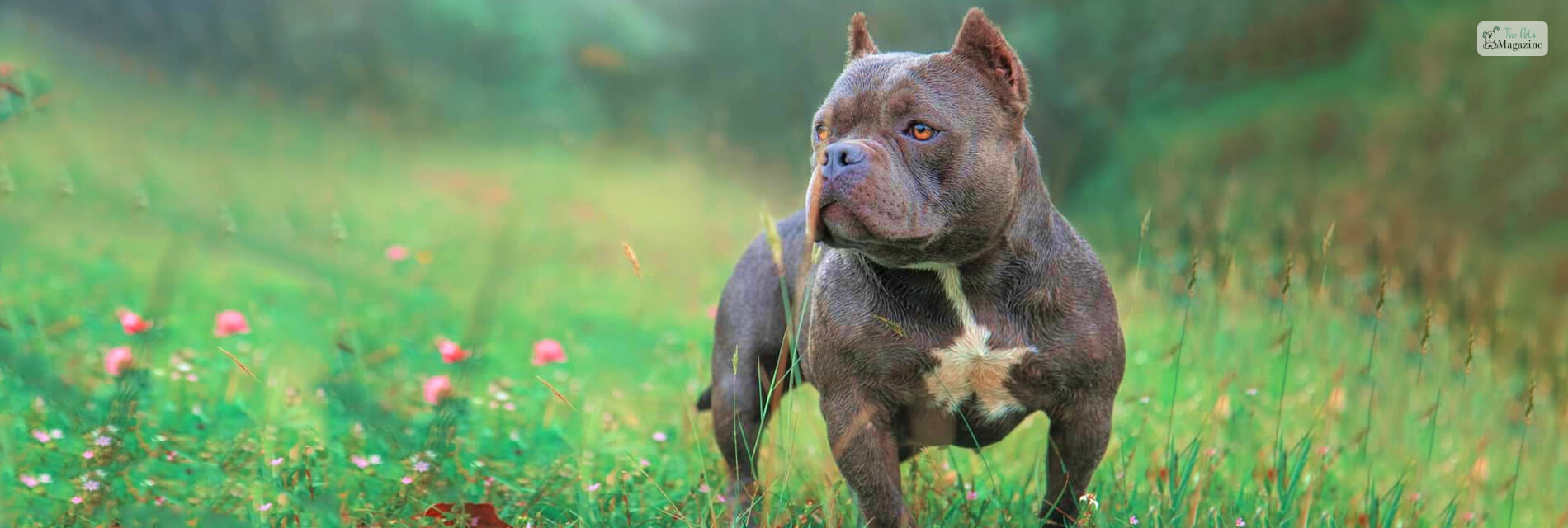

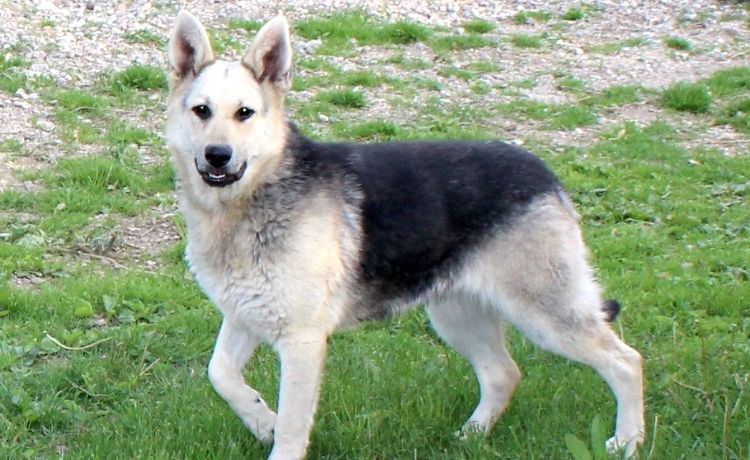
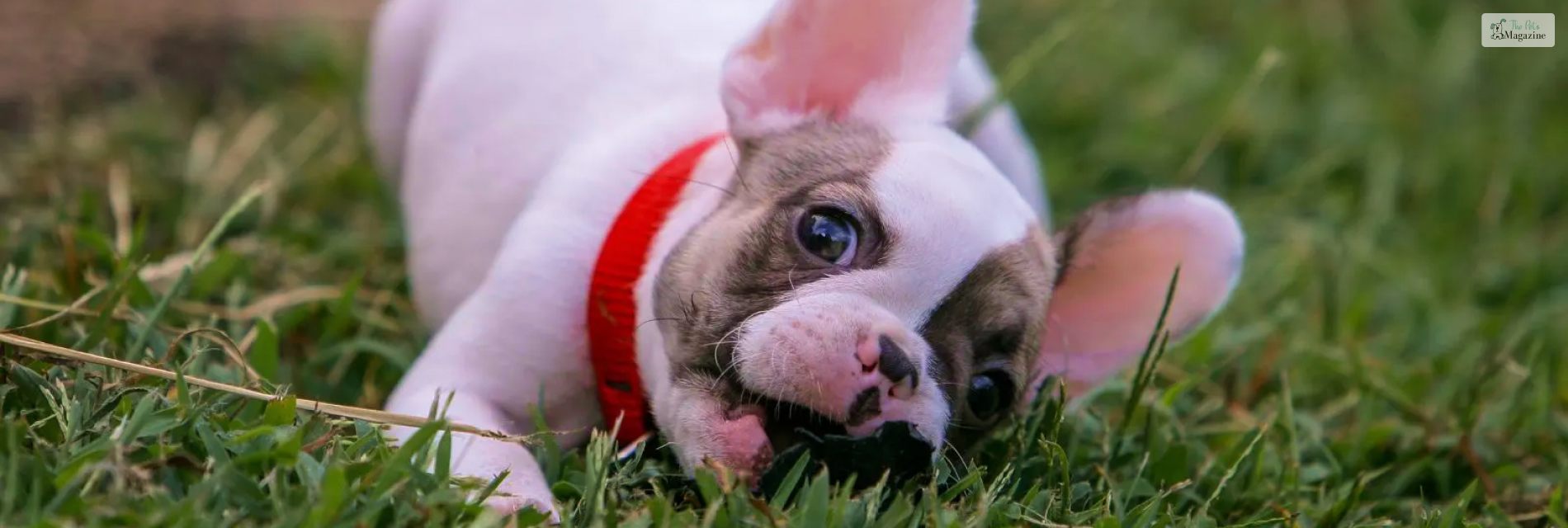
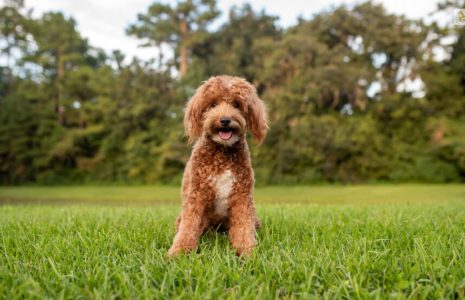
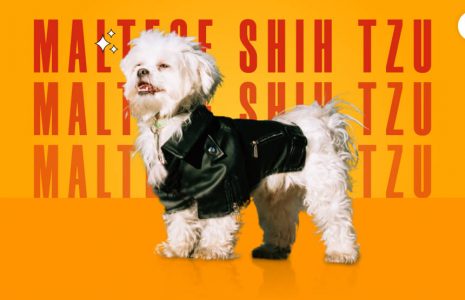
Leave A Comment